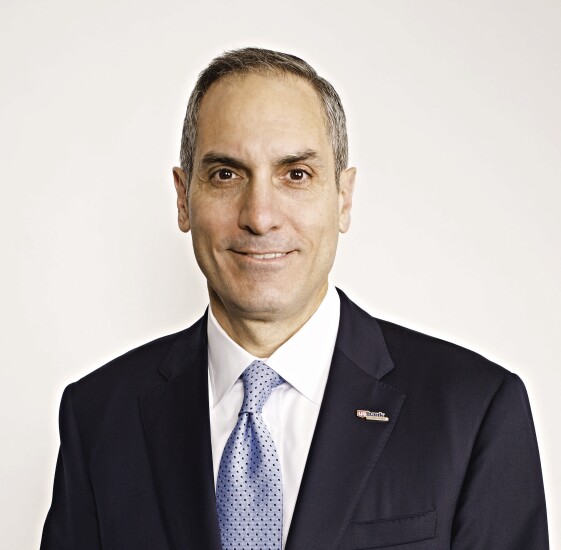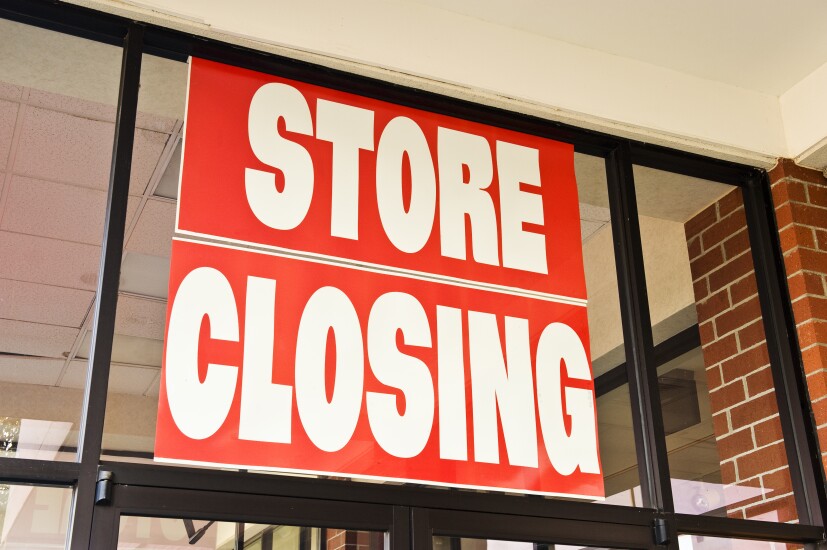

Why has commercial lending slowed and what’s the full-year outlook?
Still, many banks say commercial pipelines are full, and CEOs such as Citizens Financial Group’s Bruce Van Saun and U.S. Bancorp's Andy Cecere, pictured above, are cautiously optimistic that C&I demand will pick up in the second half of the year. "Our large corporate customers tell us that they're optimistic about the future but are awaiting more clarity regarding potential changes in tax and regulatory reform, infrastructure spend, and trade policies," Cecere said during a conference call.

How long can banks hold the line on raising rates on deposit accounts?

How worried should banks be about the shakeout in the retail sector?

Where are some other trouble spots in CRE and business lending?

What’s driving the spike in credit card chargeoffs and how worried should investors be?

How is the residential mortgage sector responding to higher interest rates?






